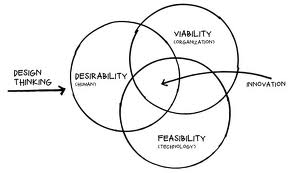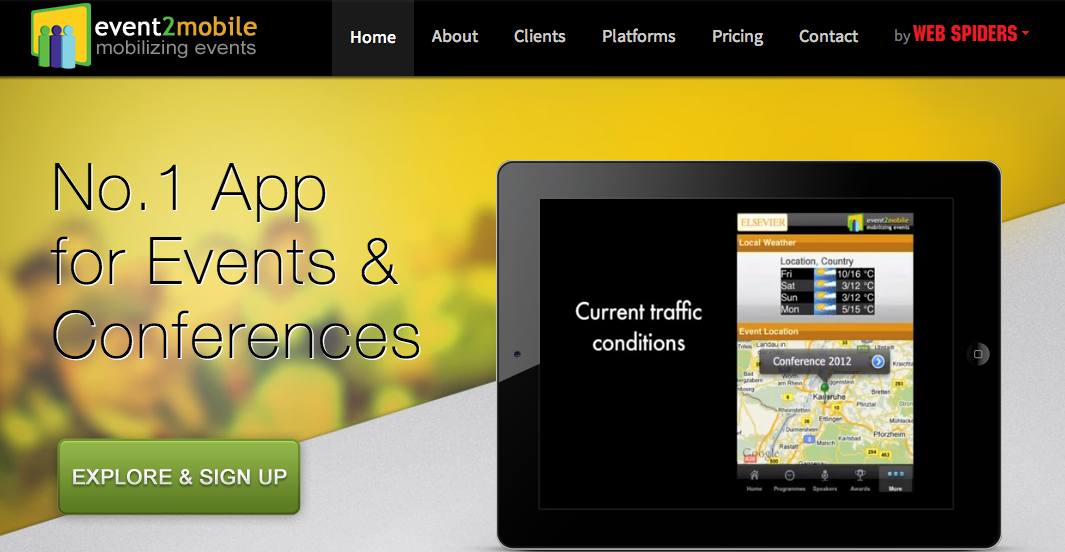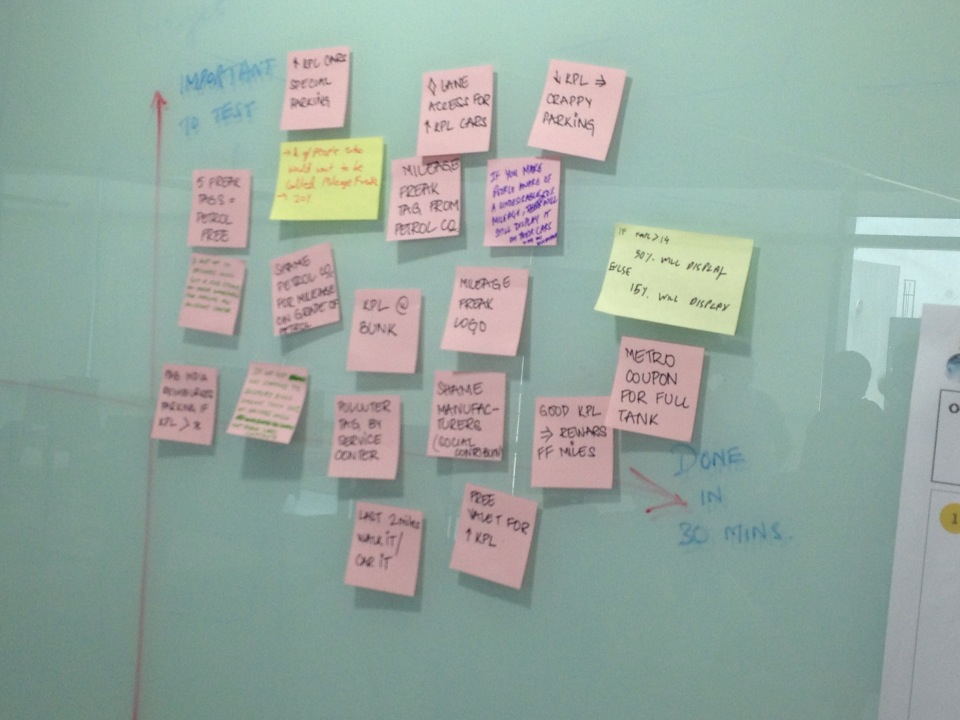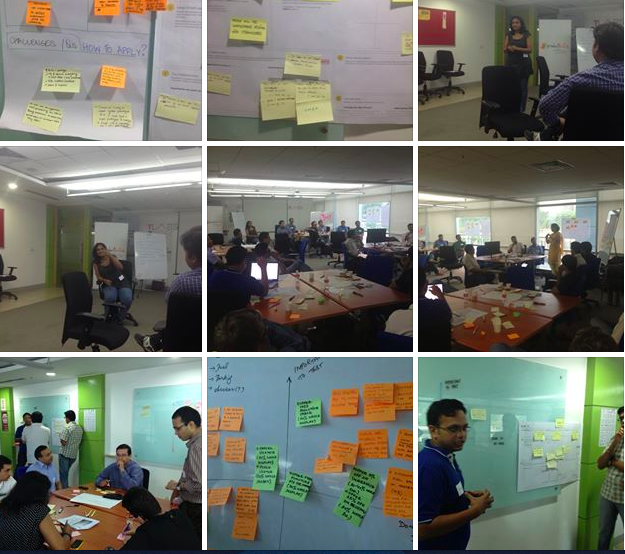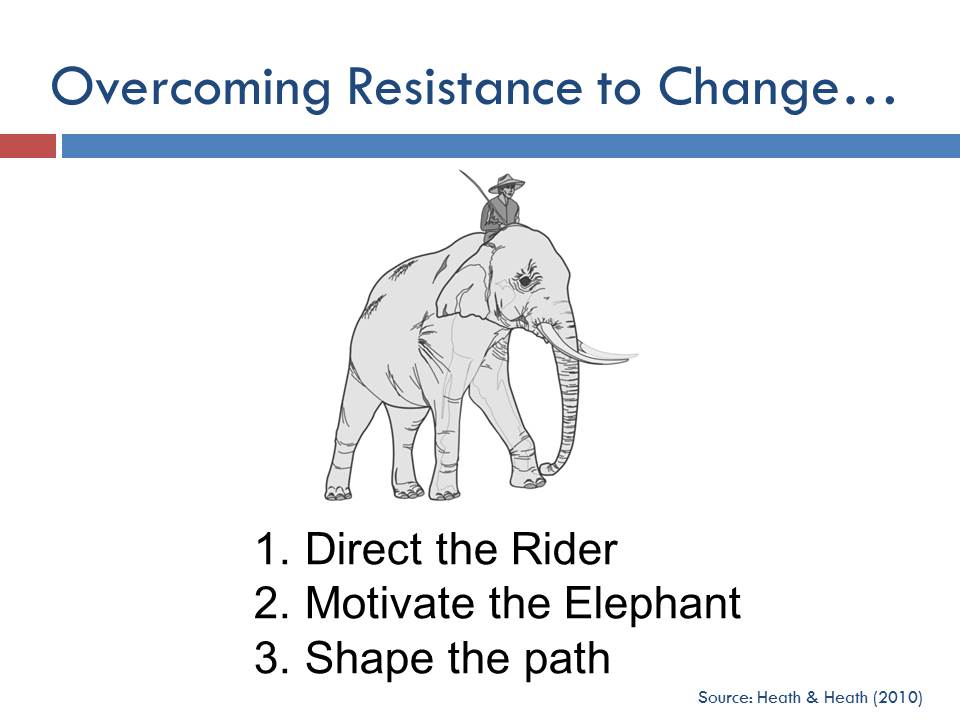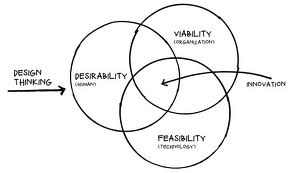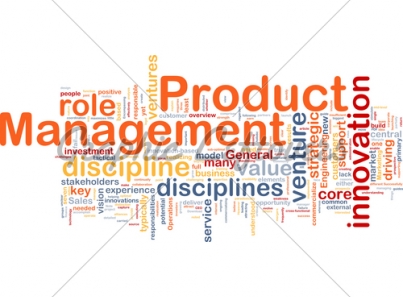Why do most social networks never take off?
Why are marketplaces such difficult businesses?
Why do startups with the best technology fail so often?
There are two broad business models: pipes and platforms. You could be running your startup the wrong way if you’re building a platform, but using pipe strategies.
More on that soon, but first a few definitions.
PIPES
Pipes have been around us for the last 400 years. They’ve been the dominant model of business. Firms create stuff, push them out and sell them to customers. Value is produced upstream and consumed downstream. There is a linear flow, much like water flowing through a pipe.
We see pipes everywhere. Every consumer good that we use essentially comes to us via a pipe. All of manufacturing runs on a pipe model. Television and Radio are pipes spewing out content at us. Our education system is a pipe where teachers push out their ‘knowledge’ to children. Prior to the internet, much of the services industry ran on the pipe model as well.
This model was brought over to the internet as well. Blogs run on a pipe model. An ecommerce store like Zappos works as a pipe as well. Single-user SAAS runs on pipe model where the software is created by the business and delivered on a pay-as-you-use model to the consumer.
PLATFORMS
Had the internet not come up, we would never have seen the emergence of platform business models. Unlike pipes, platforms do not just create and push stuff out. They allow users to create and consume value. At the technology layer, external developers can extend platform functionality using APIs. At the business layer, users (producers) can create value on the platform for other users (consumers) to consume. This is a massive shift from any form of business we have ever known in our industrial hangover.
TV Channels work on a Pipe model but YouTube works on a Platform model. Encyclopaedia Britannica worked on a Pipe model but Wikipedia has flipped it and built value on a Platform model. Our classrooms still work on a Pipe model but Udemy and Skillshare are turning on the Platform model for education.
BUSINESS MODEL FAILURE
So why is the distinction important?
Platforms are a fundamentally different business model. If you go about building a platform the way you would build a pipe, you are probably setting yourself up for failure.
We’ve been building pipes for the last few centuries and we often tend to bring over that execution model to building platforms. The media industry is struggling to come to terms with the fact that the model has shifted. Traditional retail, a pipe, is being disrupted by the rise of marketplaces and in-store technology, which work on the platform model.
PIPE THINKING VS. PLATFORM THINKING
So how do you avoid this as an entrepreneur?
Here’s a quick summary of the ways that these two models of building businesses are different from each other.
USER ACQUISITION
User acquisition is fairly straightforward for pipes. You get users in and convert them to transact. Much like driving footfalls into a retail store and converting them, online stores also focus on getting users in and converting them.
Many platforms launch and follow pipe-tactics like the above. Getting users in, and trying to convert them to certain actions. However, platforms often have no value when the first few users come in. They suffer from a chicken and egg problem, which I talk extensively about on this blog. Users (as producers) typically produce value for other users (consumers). Producers upload photos on Flickr and product listings on eBay, which consumers consume. Hence, without producers there is no value for consumers and without consumers, there is no value for producers.
Platforms have two key challenges:
1. Solving the chicken and egg problem to get both producers and consumers on board
2. Ensuring that producers produce, and create value
Without solving for these two challenges, driving site traffic or app downloads will not help with user acquisition.
Startups often fail when they are actually building platforms but use Pipe Thinking for user acquisition.
Pipe Thinking: Optimize conversion funnels to grow.
Platform Thinking: Build network effects before you optimize conversions.
PRODUCT DESIGN AND MANAGEMENT
Creating a pipe is very different from creating a platform.
Creating a pipe requires us to build with the consumer in mind. An online travel agent like Kayak.com is a pipe that allows users to consume air lie tickets. All features are built with a view to enable consumers to find and consume airline tickets.
In contrast, a platform requires us to build with both producers and consumers in mind. Building YouTube, Dribbble or AirBnB requires us to build tools for producers (e.g. video hosting on YouTube) as well as for consumers (e.g. video viewing, voting etc.). Keeping two separate lenses helps us build out the right features.
The use cases for pipes are usually well established. The use cases for platforms, sometimes, emerge through usage. E.g. Twitter developed many use cases over time. It started off as something which allowed you to express yourself within the constraints of 140 characters (hardly useful?), moved to a platform for sharing and consuming news and content and ultimately created an entirely new model for consuming trending topics. Users often take platforms in surprisingly new directions. There’s only so much that customer development helps your with.
Pipe Thinking: Our users interact with software we create. Our product is valuable of itself.
Platform Thinking: Our users interact with each other, using software we create. Our product has no value unless users use it.
MONETIZATION
Monetization for a pipe, again, is straightforward. You calculate all the costs of running a unit through a pipe all the way to the end consumer and you ensure that Price = Cost + Desired Margin. This is an over-simplification of the intricate art of pricing, but it captures the fact that the customer is typically the one consuming value created by the business.
On a platform business, monetization isn’t quite as straightforward. When producers and consumers transact (e.g. AirBnB, SitterCity, Etsy), one or both sides pays the platform a transaction cut. When producers create content to engage consumers (YouTube), the platform may monetize consumer attention (through advertising). In some cases, platforms may license API usage.
Platform economics isn’t quite as straightforward either. At least one side is usually subsidized to participate on the platform. Producers may even be incentivized to participate. For pipes, a simple formula helps understand monetization:
Customer Acquisition Cost (CAC) < Life TIme Value (LTV)
This formula works extremely well for ecommerce shops or subscription plays. On platforms, more of a systems view is needed to balance out subsidies and prices, and determine the traction needed on either side for the business model to work.
Pipe Thinking: We charge consumers for value we create.
Platform Thinking: We’ve got to figure who creates value and who we charge for that.
BUT… PLATFORM THINKING APPLIES TO ALL INTERNET BUSINESSES
If the internet hadn’t happened, we would still be in a world dominated by pipes. The internet, being a participatory network, is a platform itself and allows any business, building on top of it, to leverage these platform properties.
Every business on the internet has some Platform properties.
I did mention earlier that blogs, ecommerce stores and single-user SAAS work on pipe models. However, by virtue of the fact that they are internet-enabled, even they have elements that make them platform-like. Blogs allow comments and discussions. The main interaction involves the blogger pushing content to the reader, but secondary interactions (like comments) lend a blog some of the characteristics of platforms. Readers co-create value.
Ecommerce sites have reviews created by users, again an ‘intelligent’ platform model.
THE END OF PIPES
In the future, every company will be a tech company. We already see this change around us as companies move to restructure their business models in a way that uses data to create value.
We are moving from linear to networked business models, from dumb pipes to intelligent platforms. All businesses will need to move to this new model at some point, or risk being disrupted by platforms that do.
Note: I intend to use some/all of the ideas here as part of an introductory chapter to the book I’m working on and would love to have your feedback and comments.
This article was first featured on Sangeet’s blog, Platform Thinking (http://platformed.info). Platform Thinking has been ranked among the top blogs for startups, globally, by the Harvard Business School Centre for Entrepreneurship
 In this time of volatility and complexity, the role of design to drive meaningful innovation and change is growing and while there are multitude of factors that need to be taken into consideration for a product design that is desirable, feasible & viable the design thinking process can help overcome these product characteristics.
In this time of volatility and complexity, the role of design to drive meaningful innovation and change is growing and while there are multitude of factors that need to be taken into consideration for a product design that is desirable, feasible & viable the design thinking process can help overcome these product characteristics. 
 Altogether, #Design thinking event saw noteworthy achievement with 40+ design thinkers joining us from NCR and could leverage the platform listening some inspirational talks from speakers and meeting few like minded folks around. Had participant mix from passionate startup entrepreneurs to designers & dev engineers. Audience was glued to program embracing the talks & interactive workshop from functional experts in domain.
Altogether, #Design thinking event saw noteworthy achievement with 40+ design thinkers joining us from NCR and could leverage the platform listening some inspirational talks from speakers and meeting few like minded folks around. Had participant mix from passionate startup entrepreneurs to designers & dev engineers. Audience was glued to program embracing the talks & interactive workshop from functional experts in domain. 

